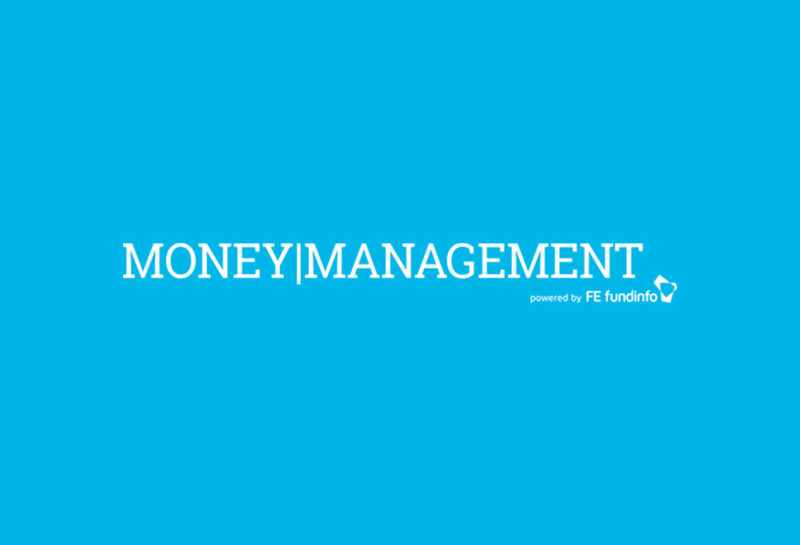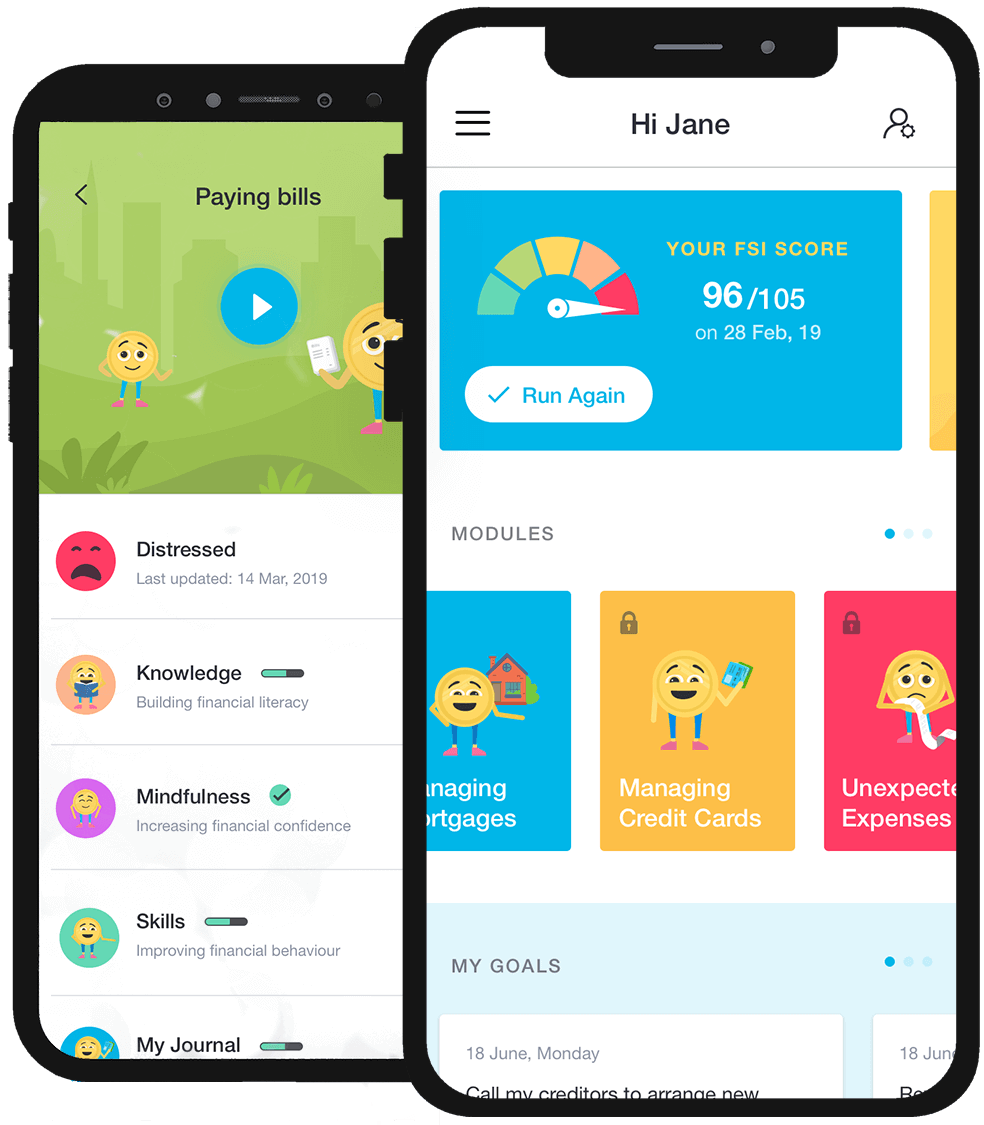Why isn’t mindfulness working for me.
Mindfulness, in theory, sounds great. The deal seems to be roughly this: if I sit still and listen to my breathing for 10 minutes each day, I will be calmer, certainly cooler, possibly richer and definitely an all-round better person.
So how come it’s not working, you might ask because you probably feel like none of those things after a week or two doing mindfulness meditations.
However, that starting point of using mindfulness meditation to find self-improvement is, apparently, backwards.
“Meditation practice isn’t about trying to throw ourselves away and become something better, it’s about befriending who we are,” the world famous American meditation teacher and author Pema Chodron said. Chodron, was a stressed-out schoolteacher called Deirdre Blomfield-Brown until she was crippled by depression following the end of her second marriage in the 1970s.
So how does Chodron, one of the world’s foremost experts do it?
“You just sit down with yourself,” Chodron told Oprah in a 2008 interview.
“It’s a way of being completely open to whatever is happening in your mind, and you realize your mind is wild and crazy and all over the place. The instruction is so simple: Just keep coming back to your breath. Then you say, “This is almost impossible!”
“It isn’t, but I know how hard it is.”
Initially, it will be hard – even Chodron admits her children sometimes found her uptight. So like anything, practice makes perfect.
In general, terms, if we feel like quitting after a couple of days we are expecting too much too soon.
“You might call it beginner’s uncomfortability,” says Andrew Fleming, Founder & CEO with Financial Mindfulness.
“I tried to learn the guitar literally every time I picked it up I would sweat because I was so uncomfortable. Trying anything new is uncomfortable and to experience full benefits one would need to engage for quite a while.”
Are there strategies, though, for dealing with the specific problems if they persist? Some of the most common include: I’m thinking too much, I can’t do this, I can’t sit still, I don’t have time, it hurts.
Here’s what British mindfulness expert Shamash Alidina wrote about some of these problems in Meditation for Dummies.
I can’t do this:
“When people say this, they normally mean they can’t focus … mindfulness meditation is one of the best ways to develop that focus! It’s completely normal for your mind to wander off when you’re meditating. However, as soon as you’ve noticed, bring your focus back to the object of attention specified in the meditation (often your breath). Each time … you’re training your mind to be more focused in the future. Remember, you can’t fail at meditation. As long as you try, you’ve succeeded.”
I can’t sit still:
“Some meditations require you to be … still for half an hour, but many don’t require this. You [can do a] body scan meditation lying down. And mindful yoga, walking or tai chi is meditation in movement. [A] three-minute mindfulness exercise is a great practice to do daily.”
I don’t have the time:
“If some of the busiest people in the world can find time to stop and meditate, even if it’s only five minutes, you probably can too. You can do mindfulness meditation at any time. You can wash the dishes mindfully, you can walk your dog mindfully or you can even have a mindful shower. So that takes no time at all out of your busy day.”
What about ‘It hurts’?
Tara Healey and Jonathan Roberts, writing for mindful.org are clear on this: “Being in a lot of pain is not a mark of doing it right. It can take some work, though, to find a position (or a few positions) that don’t lead to intense pain … try out different postures and supports … a hugely important lesson of meditation is that even comfort is, well, bound to eventually become uncomfortable.
“For this reason, once you find a suitable posture and support, it’s a good idea to avoid making too many adjustments.”
Getting fully into the meditation itself can help: “People have found that as they relax that inner tension, it often results in less bodily tension.”
As for I’m thinking too much, well that one is addressed by realising practice makes perfect. You accept the thoughts you have without judgement and gently set them aside. Thoughts are normal and they will come and go, hence the widely-used analogy of allowing thoughts to pass like clouds against a blue sky.
The more you meditate, Chodron told Oprah, “the more you have a lightness about what’s occurring in your life … it’s not about becoming indifferent to life’s experiences; it actually allows you to be much more present with whatever arises.
“You’re fully engaged, but you see it from a different perspective.”
In other words, you will be able to cope much better with what life throws at you.
















